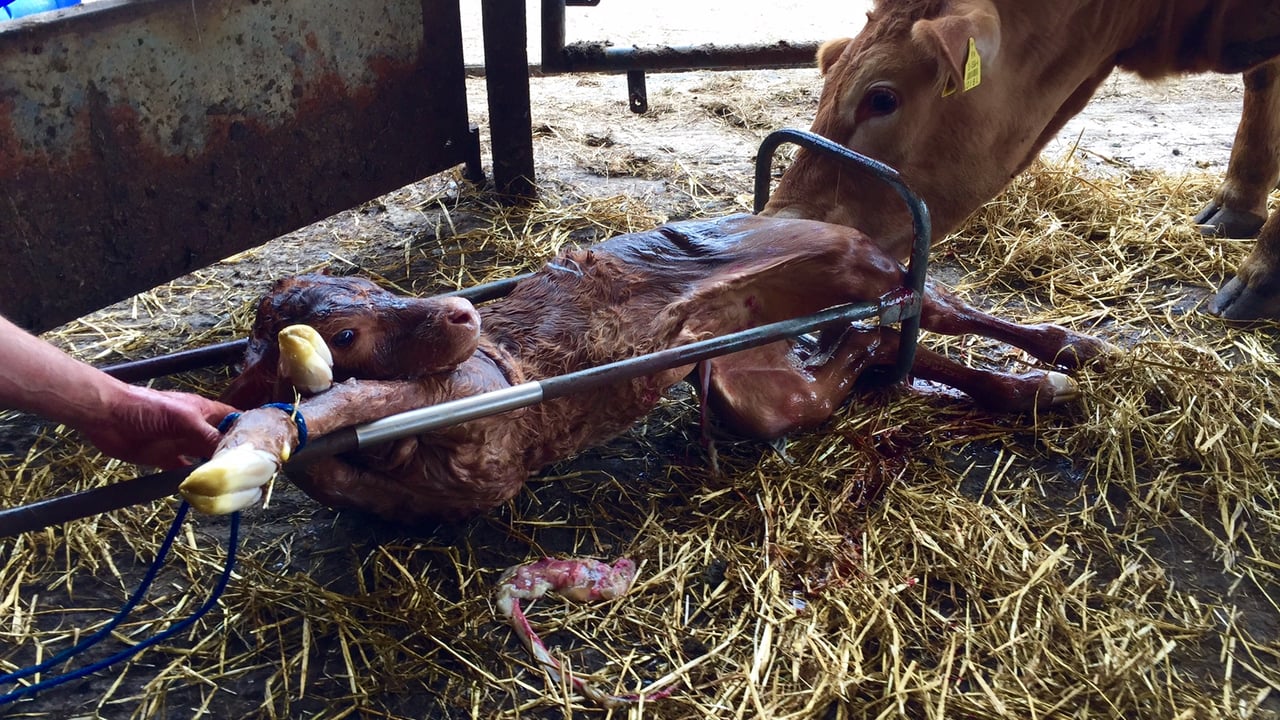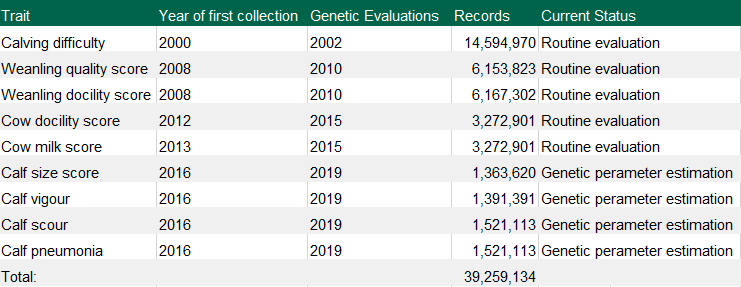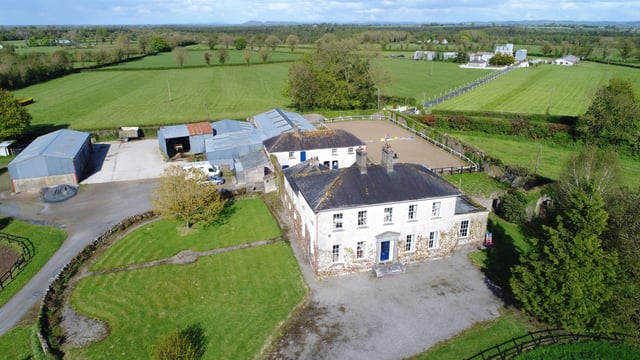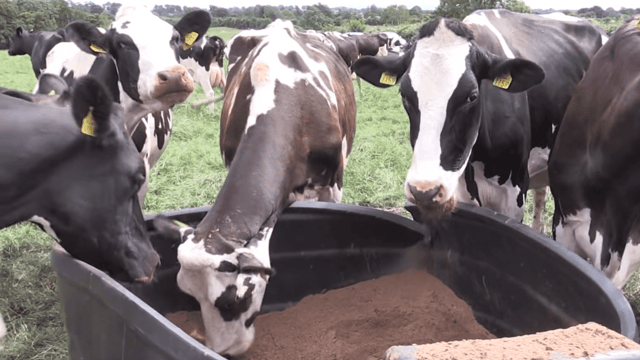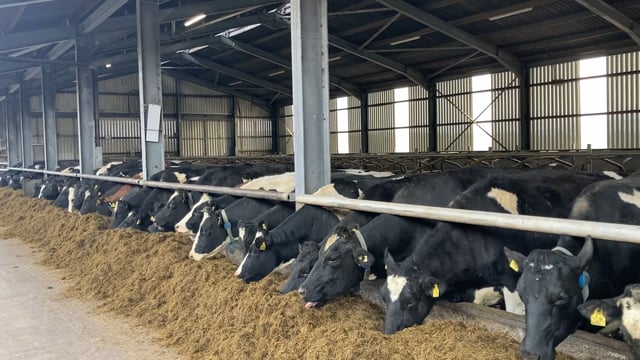BDGP: What is done with all the data?
To date almost 40 million data records have been documented by Irish farmers through the Beef Data Genomics Programme (BDGP) and its predecessor schemes across nine different traits.
With ongoing advancements in technology, the majority of this data is now recorded online.
According to the Irish Cattle Breeding Federation (ICBF), for data to be included in a genetic evaluation it must first pass a few important tests.
As a result of the above tests, the minimum amount of time for delivery of a new trait from the time of first recording is two years. For a trait such as calf size, the data must be tested for the above six criteria, as it would be in any other animal evaluation centre.
For this to occur, the ICBF has outlined that it takes time for it to be included in the calving evaluations.
The ICBF stressed that data validation is routine in animal evaluation centres across the world and said in a statement: “ICBF is not late in transitioning from the initial data collection phase to including that data in routine genetic evaluations.”
The International Committee for Animal Recording (ICAR) is the body that oversees the validity of such data recording for all countries and ICBF is an active participant in the ICAR organisation.
The ICBF added in the statement that its database is full of information recorded by Irish farmers and explained that it uses this data to generate €uro-Stars – from which it claims will help farmers to make more accurate breeding decisions.
The federation gave an example: “If farmers are experiencing calving difficulties with a particular bull and recording it, then the ICBF can give that bull a high calving difficulty percentage figure.
This will then forewarn other farmers who are about to use that bull for the first time that he’s probably not a bull for heifers.
The statement concluded by adding: “When farmers are recording the data, they are recording it to benefit and help each other out.”

